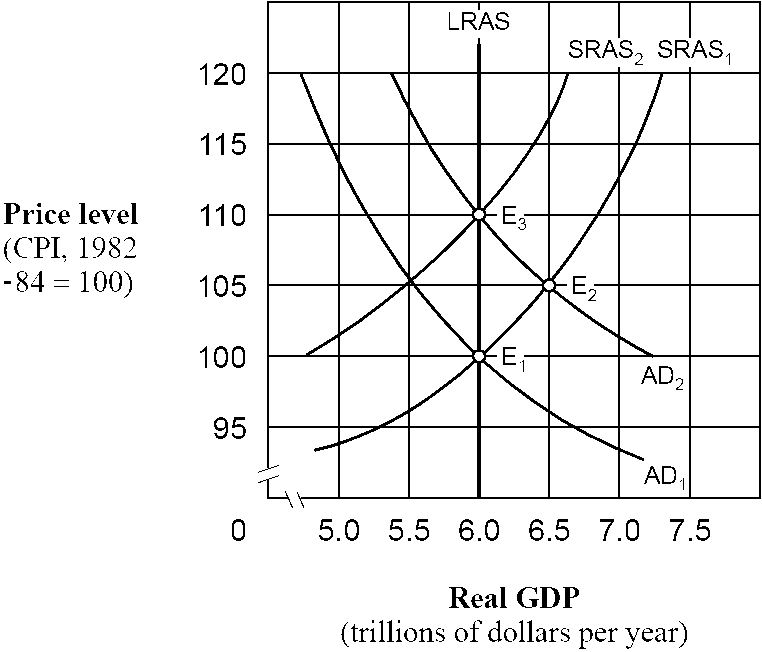The production of economically desirable public goods must be sponsored by government because:
A) the existence of large external costs precludes their production in the private sector.
B)public goods have characteristics which make it dif?cult or impossible for private ?rms to produce thempro?tably.
C) the law of increasing marginal opportunity costs does not apply to public goods.
D) the bene?ts derived from their production exceed the costs of producing them. '
B)public goods have characteristics which make it dif?cult or impossible for private ?rms to produce thempro?tably.
You might also like to view...
Between the years 1870 and 1920, what happened to the agricultural labor force?
(a) It nearly doubled in numbers but declined significantly in its share of the total labor force. (b) It remained about the same in numbers and declined significantly as a percent of the total labor force. (c) It nearly doubled in numbers while remaining approximately the same percentage of the total labor force. (d) It declined both in numbers and as a percent of the total labor force.
Which of the following is an exogenous variable in the Three-Sector-Model?
a. Credit risk b. Country risk c. Expected inflation d. Industry risk e. Real risk-free interest rate
Figure 15-3

As shown in , if people behave according to rational expectations theory, an increase in the aggregate demand curve from AD1 to AD2 will cause the economy to move
a.
directly from E1 to E3 and then remain at E3.
b.
directly from E1 to E2 and then remain at E2.
c.
from E1 to E2 initially and then eventually move back to E1.
d.
from E1 to E2 initially and then eventually move to E3.
Suppose a bank will pay you a 10% interest rate on your deposits for one period. In this case you must sacrifice $10 of current consumption to finance:
a. $9 of future consumption b. $10 of future consumption c. $11 of future consumption d. $1 of future consumption e. none of the above